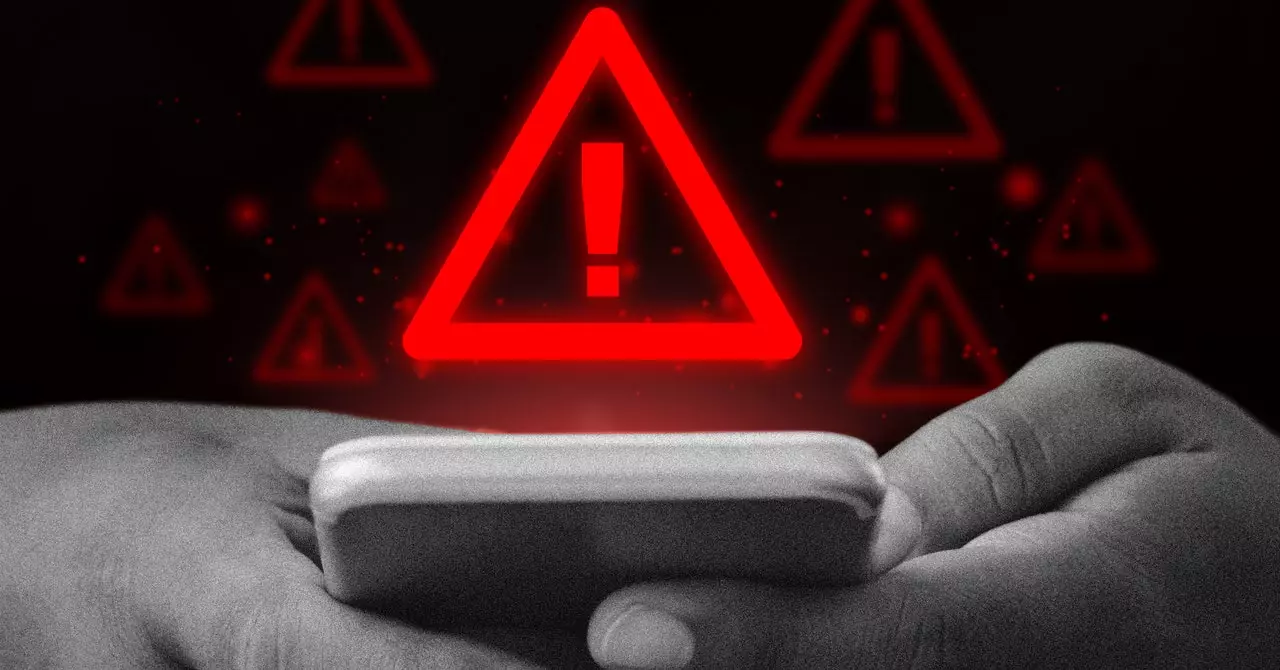TikTok, the popular social media platform, introduced automatic labeling of AI-generated content on its main version. However, the Lite-Save Data version of TikTok, targeted at users in poorer markets, lacks this feature along with other essential safety measures. The absence of content labels on the Lite version raises concerns about the dissemination of fake and harmful information to users in these regions.
While users of the full TikTok version receive warnings about graphic content and dangerous behavior, Lite users are not provided with these important guardrails. The discrepancy in safety features between the two versions suggests a disparity in the level of protection offered to users based on their economic status. This inequality becomes particularly problematic when considering the prevalence of deceptive AI-generated content during elections worldwide.
Mozilla fellow Odanga Madung highlights the puzzling decision to exclude safety measures in the Lite version, questioning whether it is a deliberate choice or a result of negligence. The absence of content moderation features in an app version designed for users with limited resources raises concerns about the company’s commitment to user safety and integrity of information.
In response to the report, a TikTok spokesperson defended the safety measures of TikTok Lite, emphasizing that content violating rules is removed from the platform similar to the main app. However, the spokesperson did not address the specific concerns raised in the report, leaving room for skepticism regarding the effectiveness of content moderation in the Lite version.
The introduction of Lite versions of apps is not new, as companies often create stripped-down versions to cater to users in regions with limited data access or lower-end devices. Facebook’s Lite version faced criticism in the past for offering a second-tier experience to users in the Global South. Similarly, TikTok Lite was launched to accommodate users with lower-end devices and limited data connectivity in Southeast Asian markets.
The availability of TikTok Lite in developing regions raises concerns about the accessibility and quality of content moderation on the platform. With the majority of users in these regions being low-income and resource-constrained, the lack of essential safety features on the Lite version can have significant implications for the spread of misinformation and harmful content.
The discrepancies in safety measures between TikTok’s main version and Lite-Save Data version highlight the need for consistent and reliable content moderation across all versions of the platform. The prioritization of user safety and integrity of information should not be compromised based on users’ economic status. Companies like TikTok need to address these concerns and ensure that all users, regardless of their location or device, have access to a safe and trustworthy social media experience.


Leave a Reply